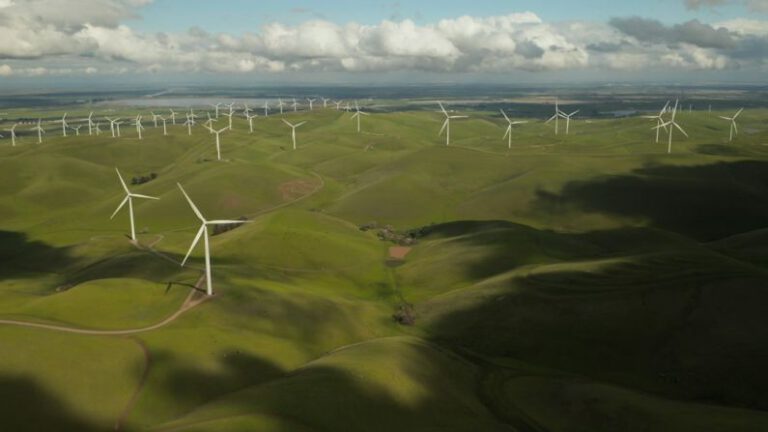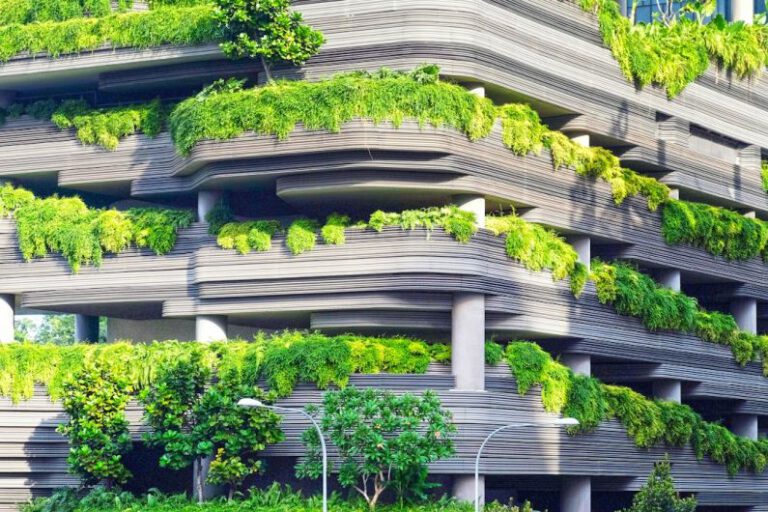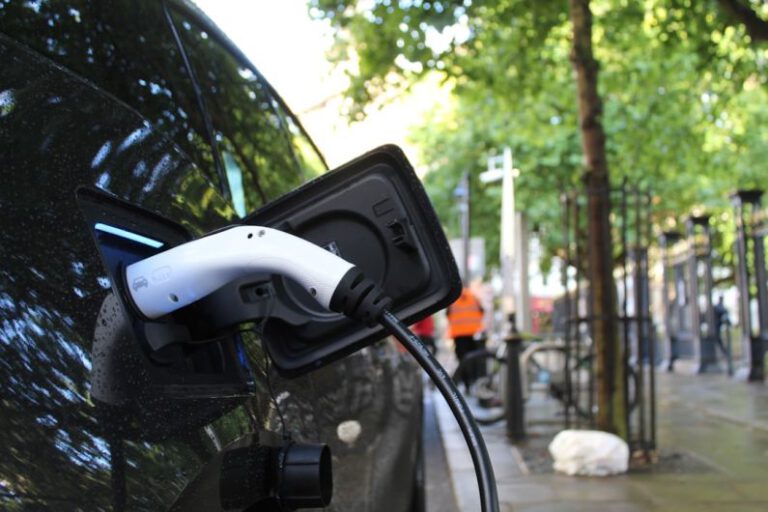Renewable Energy: beyond Wind and Solar
When we think of renewable energy, wind turbines and solar panels are likely the first things that come to mind. While these sources have played a significant role in the shift towards cleaner energy production, there are many other innovative technologies and methods that are expanding the horizons of renewable energy. From wave power to geothermal energy, the possibilities for sustainable energy production are vast and exciting.
Wave Power: Harnessing the Power of the Ocean
One of the lesser-known forms of renewable energy is wave power, which utilizes the energy generated by ocean waves to produce electricity. This technology has tremendous potential, as the world’s oceans are a vast and powerful resource that remains largely untapped. Wave power devices come in various forms, from floating buoys that move up and down with the waves to submerged structures that capture the energy of passing waves. By harnessing the constant motion of the ocean, wave power has the ability to provide a consistent and reliable source of renewable energy.
Geothermal Energy: Tapping into the Earth’s Heat
Geothermal energy is another renewable energy source that is gaining momentum in the quest for sustainable power generation. This technology utilizes the heat stored beneath the Earth’s surface to produce electricity and heat buildings. By tapping into geothermal reservoirs, which can be found deep underground or close to the surface in certain regions, we can harness a nearly limitless source of clean energy. Geothermal power plants can be found in various parts of the world, providing a reliable and consistent source of electricity without the need for fossil fuels.
Hydropower: Harnessing the Power of Moving Water
Hydropower, or the generation of electricity from moving water, has been a staple of renewable energy production for many years. While large-scale hydroelectric dams have been the most common form of hydropower, there are also smaller-scale options that can be implemented in a more environmentally friendly manner. Run-of-river hydropower systems, for example, divert a portion of a river’s flow through a turbine to generate electricity without the need for a large dam. These systems have a lower impact on the surrounding ecosystem while still providing a clean and renewable source of energy.
Biomass Energy: Turning Waste into Power
Biomass energy involves the conversion of organic materials, such as wood chips, agricultural residues, and even municipal solid waste, into energy through processes like combustion or anaerobic digestion. This form of renewable energy is unique in that it can utilize waste products that would otherwise be discarded, turning them into a valuable resource for power generation. Biomass energy can be used to produce heat, electricity, or even biofuels, offering a versatile and sustainable alternative to traditional fossil fuels.
Next-generation Solar Technologies: Pushing the Boundaries of Solar Power
While traditional solar panels have been a key player in the renewable energy landscape, there are also exciting advancements in next-generation solar technologies that are pushing the boundaries of what is possible. Thin-film solar cells, for example, are lighter and more flexible than conventional solar panels, making them ideal for a wide range of applications. Solar paint, which can be applied to almost any surface to generate electricity, is another innovative technology that holds great promise for the future of solar power.
The Future of Renewable Energy
As we continue to explore new technologies and methods for harnessing renewable energy, the future looks bright for a world powered by clean and sustainable sources. From wave power to geothermal energy, the possibilities for expanding our renewable energy portfolio are endless. By embracing these innovative technologies and pushing the boundaries of what is possible, we can create a more sustainable and resilient energy future for generations to come.






